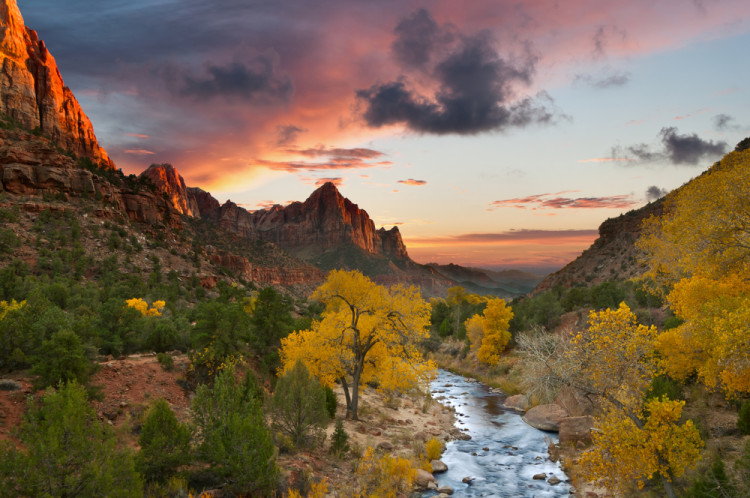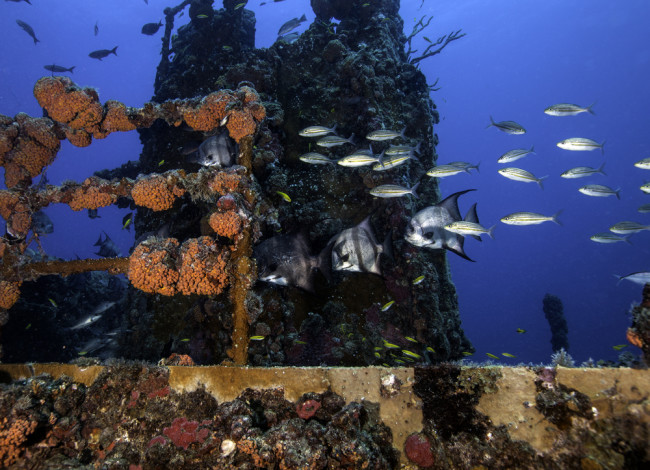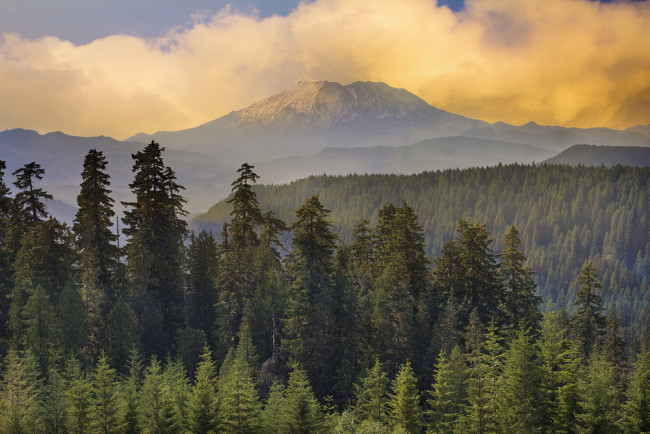Image of Zion National Park in Autumn via Shutterstock
BY VICTORIA GAFFNEY
We all know that wistful feeling towards the end of summer, that twinge of nostalgia as we sense the sun-soaked days beginning to slip away from us like sand through a sieve. The longing for more lazy hours—and the reluctant acceptance of the cold months lying ahead—tends to set in around mid to late August and peaks in the first weeks of September. It starts when back to school advertisements flood us in various forms and we sense the days getting ever so slightly shorter. It may be tempting to yearn for the hot sun as the haze of summer fades, but we can also make this period of change more active–a time to search for our next adventure.
While “adventure” often calls to mind activities such as skydiving, zip lining, and white water rafting, there are a number of other eco-friendly options for unleashing your inner thrill-seeking self. Here are some sustainable options that are sure to quench your thirst for adventure and give you something to look forward to as you ease into fall’s crisper embrace.
ZION NATIONAL PARK
When you trek through Zion National Park, you can watch the jagged brown rocks reach up hundreds of feet towards the sky, forming parallel walls that march inwards towards each other. The stunning backdrop of these rocks makes merely walking through the slender pathways thrilling, regardless of the season.
The points where the spaces between two walls becomes the smallest is called the “narrows” of a canyon. One of the most famous of these at Zion is “Wall Street,” a 2-mile section when the space shrinks to about 25 to 30 feet wide. In order to access this portion of the trail, visitors have to trek through a river and can take the Bottom-Up route or the longer 16-mile Top-Down route.
Mount Zion National Park is quite eco-friendly and is focused on sustainable practices. According to the National Park Service’s website, sustainability has been integral to the mission of the national parks since 1916. Zion, in particular, monitors its environmental impact and analyzes the results in an effort to promote and uphold sustainability. In May 2004, Zion partook in the National Park Service’s tiered “Climate Friendly Parks” program—part of the National Park Service Green Parks Plan. Additionally, Zion has designed some of its centers—namely, The Zion Canyon Visitor Center, Emergency Operations Center, and Lodge landscapes—using native plants, a particularly eco-friendly approach. Travelers can learn how to be responsible visitors at the Zion Adventures Company site, and should follow the mantra, noted on their site, “Take only pictures, leave only footprints, carve only memories.”
Image of coral encrusted shipwreck at John Pennekamp State Park via Shutterstock
JOHN PENNEKAMP CORAL REEF STATE PARK
Journey to a region where it’s always warm and beams of sunlight illuminate the rippling waters of the sea. As part of the Florida Keys National Marine Sanctuary, John Pennekamp Coral Reef State Park is a great place to learn about the fascinating ecosystem of the continental U.S.’s only living coral reef. The U.S. government established the Florida Keys National Marine Sanctuary in 1990 and it comprises 2,900 square nautical miles of water (in the ocean, along the coast, and submerged lands). John Pennekamp Coral Reef State Park encompasses 70 nautical square miles and was established in 1963. It is known as “the first undersea park in the United States.” Travelers can visit the Environmental Education and Visitor Center to learn about the coral reef and participate in educational programs. In addition to visiting the coral reef, there are nature trails guiding hikers through scenic paths filled with wild Mangrove and Tamarind trees.
The National Marine Sanctuary has great tips on how to be a responsible diver. Their suggestions focus on anything from kelp diving procedures and shipwreck diving techniques, to respecting the space of marine life by keeping a safe distance, refraining from “collecting underwater souvenirs,” and being a “marine debris crusader” by removing trash and litter on the beach. Responsible travelers can go a step further and volunteer with the National Marine Sanctuary.
Image of Mount Saint Helens State Park via Shutterstock
MOUNT SAINT HELEN MOUNTAIN BIKE TOURS
Washington’s Mount St. Helens often evokes smoldering images of the destructive eruption in 1980. Unsurprisingly, one of the main draws of this region is the volcano itself. As “Escape Adventures” tells us, however, there is much more to explore in this geographical setting. Steeped in lush green forests abounding with wildlife and freshwater, the terrain includes volcanic lahars, verdant meadows, and multi-colored wildflowers. Escape Adventures’ mountain bike tour of Mount Saint Helens utilizes the duality of this landscape—on this trail, cyclists will get to see the Mount Saint Helens National Volcanic Monument as well as the Gifford Pinchot National Forest. In the fall travelers have the added bonus of seeing the changing russet-colored leaves and autumnal colors framing the scenic trails.
Escape Adventures is an environmental pioneer dedicated to minimizing their carbon footprint and is a carbon neutral program. Their diesel engine vehicles run on renewable vegetable oil and they attempt to use only 100 percent recycled paper and organic foods. They also recycle over 90 percent of waste from their tours and use solar cells. Additionally, each time an employee must fly in an airplane for the job, Escape Adventures attempts to plant a tree to counterbalance the negative impact. Employees even get a $5 bonus each day if they refrain from driving a car to work, and all of their guides follow “leave no trace” camping practices.
 ABOUT THE WRITER
ABOUT THE WRITER
Victoria Gaffney is currently pursuing an MA in Nonfiction Writing at Johns Hopkins in Washington D.C. She is a graduate of Haverford College where she majored in English and developed a passion for words and stories. She enjoys traveling and engaging with new people and perspectives, and relishes the thrill of late nights spent reading a new book or huddling in front of a computer screen to write. In her free time, she can be found drinking copious amounts of coffee, playing with dogs, practicing yoga and wandering around new streets without a plan. Victoria hopes to use writing to help impact positive change. Follow her on Twitter.





